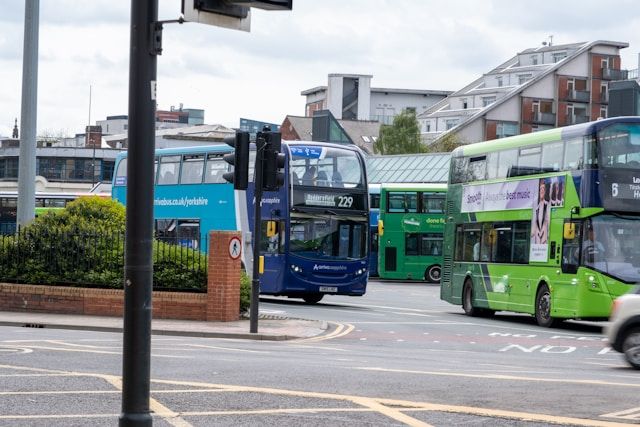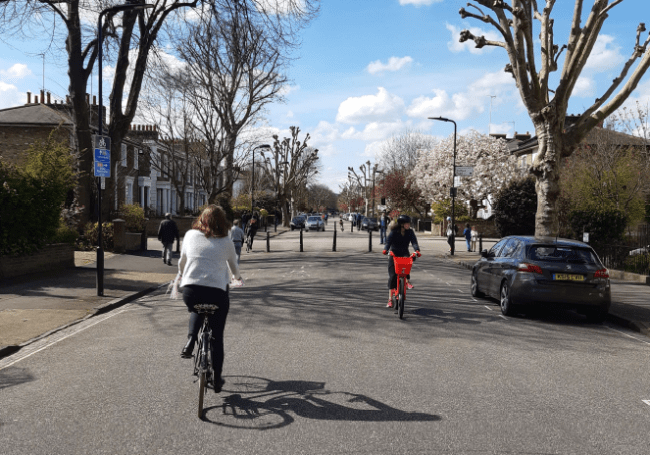Cycling Potential Index
The CPI provides an objective, evidence-based method of assessing the underlying potential for cycling in a specific location.
Developed through an internally-funded Research and Innovation Project, the Cycling Potential Index (CPI) provides an objective, evidence-based method of assessing the underlying potential for cycling in a specific location. This can be used to help identify locations to be studied further, and where it would be best to direct investment in cycling infrastructure.
Boston has several areas with high cycling commute share, none of which – Cambridge, Somerville, Jamaica Plain – will surprise anyone familiar with the city. On the other hand, many areas do not have a high cycling mode share, but might have the right mix of people and geography to make cycling an appealing option if certain steps were taken.
Our Cycling Potential Index (CPI) highlights areas that have high potential for cycling, based on demographics, topography and distance to work, but with low rates of cycling. In Boston, lower-income urban areas with less social capital (Roxbury, Chelsea), and suburban town centers (Lynn, Needham) are highlighted: the index suggests that these areas would be worth investigating further, to see why there isn’t as much cycling as expected, given the CPI results. The CPI draws on data reflecting three of the most important influences on cycling:
- Hilliness
- Sociodemographics
- Commute length
The CPI purposefully does not take into account the existing provision of cycle infrastructure. Instead it indicates underlying cycling potential based on geographic and demographic data available in the US and Canada, irrespective of existing policy and physical interventions.
The CPI is then compared to existing cycling rates to identify high-potential areas with low cycling. Used early in an analysis, this gives an indication of areas to be investigated further. With the addition of local data, the CPI can help forecast the increase in the level of cycling given appropriate facilities and promotional support.
This, in turn, can be used within a business case assessment to help fund cycling interventions. The standard CPI process produces three maps. First, the cycle potential map itself. Second, an existing cycling map, based on commuter cycling data. Third, a comparison of these two maps to highlight locations of high unmet potential. If available, further analysis and mapping of current cycling infrastructure quality can be used to explore priority locations for further analysis or investment.
Our proof-of-concept analysis studied four cities in the United States and Canada: Boston, Denver, Toronto and Vancouver. In each we found areas that would benefit from further analysis. The assessment can be performed quickly for communities across the US, Canada and Mexico because the data is easily available.
The Cycling Potential Index is one more tool in Steer Davies Gleave’s toolbox to focus efficiently on areas for potential cycling growth. This is a quick and effective first step, which can be followed either by adding more data to refine our focus, or by more thorough analysis of the causes for less-than-expected cycling rates.



















